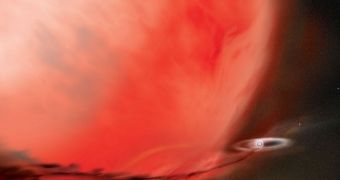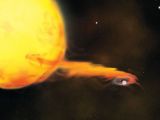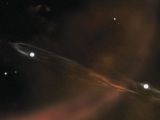A series of new investigations were recently able to provide a new insight into how a class of dramatic cosmic explosions, called Type Ia supernovae, occurs. Researchers identified three scenarios that might help explain these phenomena.
For this study, scientists at the NASA Goddard Space Flight Center (GSFC) used data from the NASA Swift spacecraft, which can conduct observations in both X-rays and ultraviolet wavelengths.
Supernova explosions are among the strongest in the Universe. They are able to release such high amounts of light that they literally outshine their host galaxies for prolonged periods of time. What's more, these emissions are very consistent between themselves.
This is primarily what made astronomers use the objects as a means of establishing distances in the Universe. Scientists simply compare the intrinsic brightness value of a Type Ia supernova with its apparent brightness; and the difference between the two tells them how far the object is.
“For all their importance, it's a bit embarrassing for astronomers that we don't know fundamental facts about the environs of these supernovae,” NASA GSFC astrophysicist Stefan Immler explains.
“Now, thanks to unprecedented X-ray and ultraviolet data from Swift, we have a clearer picture of what's required to blow up these stars,” he adds. What experts did know, even before the study, was that helium-burning stars called white dwarfs appear to be a point of origin, especially if in a binary system.
These objects accumulate mass from their companions, and then experience huge thermonuclear blasts when a certain stability threshold is exceeded. “A missing detail is what types of stars reside in these systems,” scientist Brock Russell says.
“They may be a mix of stars like the sun or much more massive red- and blue-supergiant stars,” adds the researcher, who holds an appointment as a physics graduate student at the University of Maryland in College Park. He was also the lead author of the X-ray investigation.
One possibility is that Type Ia supernovae occur when two white dwarfs in such a system spiral ever closer to each other, until they finally collide and explode. Other scenarios call for the white dwarf to be accompanied by either a red supergiant, or a Sun-like star.
Details of the X-ray study will be published in April 1 issue of the esteemed Astrophysical Journal Letters, whereas the investigation conducted in ultraviolet wavelengths will appear in the April 10 issue of the Astrophysical Journal.

 14 DAY TRIAL //
14 DAY TRIAL // 

